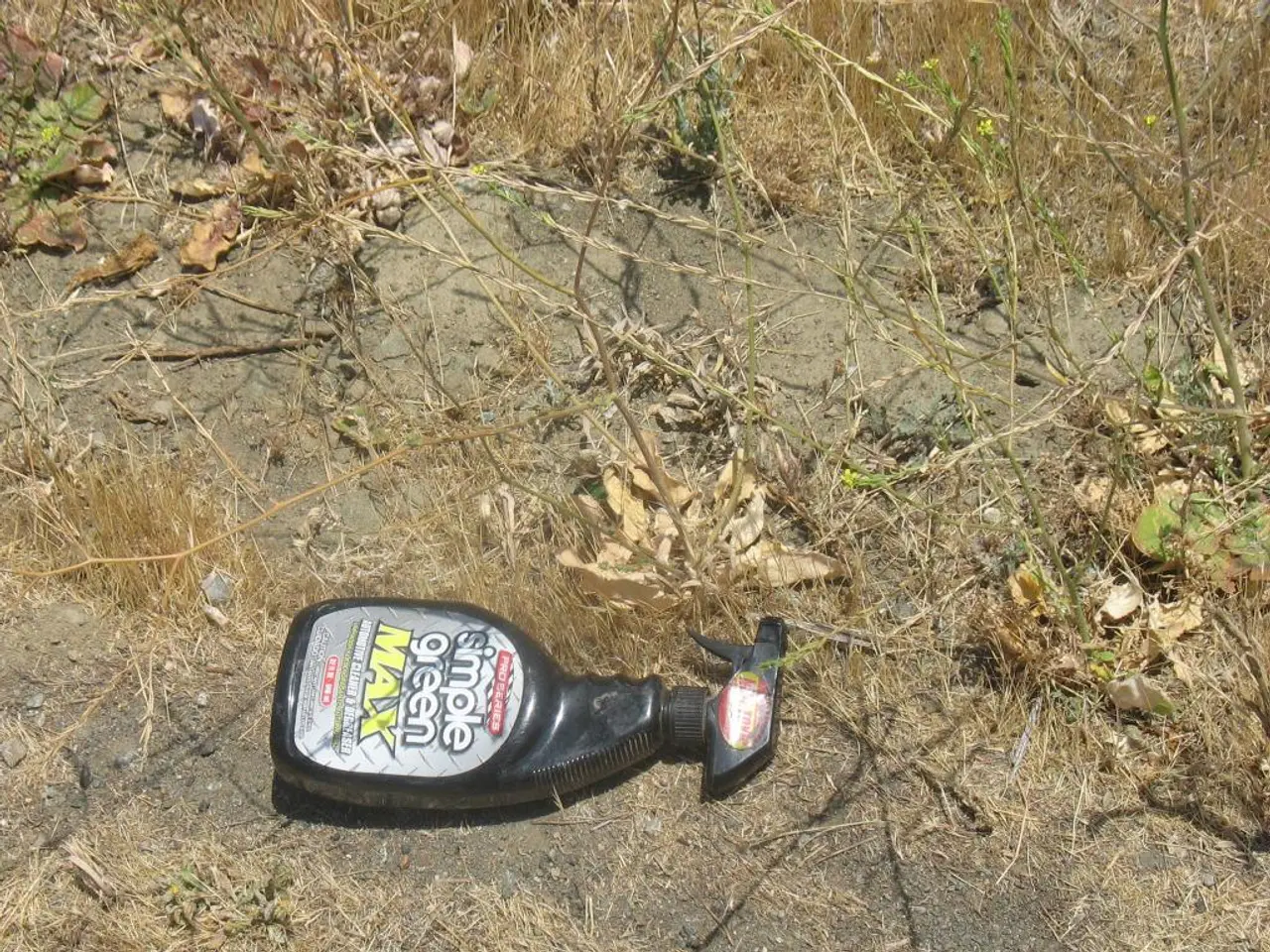Enhancing Soil Productivity: Techniques for Optimizing Soil for Improved Plant Development
In the world of gardening, the health of the soil is crucial for the growth and prosperity of plants. Two key aspects that determine soil health are its water and nutrient holding capacities.
Water holding capacity, as the name suggests, is the soil's ability to retain water for plant growth. This is particularly important in dry conditions, ensuring plants receive the hydration they need. On the other hand, nutrient holding capacity refers to the soil's ability to hold onto minerals that plants use as nutrients. Both capacities are essential for a thriving garden.
Soil conditioning is a process that aims to improve the physical, chemical, and biological properties of soil. This can be achieved by adding soil conditioners, such as compost, which provides long-lasting benefits by increasing soil nutrient content and contributing to the biological activity of soil.
However, it's important to note that not all soil conditioners have proven benefits, and their effectiveness may be unknown. Before using any soil conditioner, it's essential to check for reliable evidence of their effectiveness. Some soil conditioners, like gypsum and peat, are beneficial only for specific soil types or plants. Conversely, some may need to be added in impractical amounts to noticeably change soil properties.
Understanding soil types is also crucial. For instance, clay soils typically have greater nutrient holding capacity, while sandy soils may require additional organic matter to promote soil biological activity and improve water and nutrient holding capacity. Adding organic matter, such as compost, manure, or coffee grounds, can significantly improve soil quality and water retention in sandy soils, and improve drainage in clay soils.
Tilth, referring to the soil's physical condition and larger-scale structure, is another important factor. Tilth affects the soil's aggregates, water drainage, and aeration. Activities like walking on garden soil, allowing bare ground to be exposed to rainfall or flooding, and working soil when it's too wet can harm tilth.
To protect the soil and improve its health, planting cover crops can be beneficial. Cover crops help protect bare ground, add organic matter, and improve tilth. Examples of taproot crops, which can help form channels for water movement in compacted or poorly drained soils, include forage radish, alfalfa, and chicory.
Ilana Goldowitz Jimenez, a scientific and agricultural writer with a B.S. in Plant Sciences from Cornell University and a PhD in Chemical Biology and Infectious Disease from Harvard University, has extensive knowledge in these areas. With a background in architecture and urban design, she has worked on various projects related to sustainable development and urban planning. Amy Draiss, the Digital Community Manager, is also a valuable resource for gardening advice and information.
In conclusion, maintaining soil health is a vital aspect of gardening. Understanding the water and nutrient holding capacities, soil types, and tilth are essential for a thriving garden. By using appropriate soil conditioners, planting cover crops, and taking care not to harm the soil, gardeners can ensure their plants receive the best possible growing conditions.




